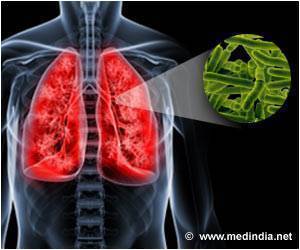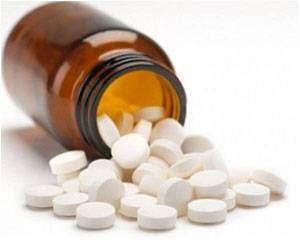
"Hospitals are appropriately using chlorhexidine to reduce infections and control the spread of antibiotic-resistant organisms," said Nuntra Suwantarat, MD, lead author. "However, our findings are a clear signal that we must continue to monitor bacteria for emerging antiseptic resistance as these antibacterial washes become more widely used in hospitals."
In the study, investigators compared bacterial resistance between cultures from patients in eight ICUs receiving daily antiseptic washes to patients in 30 non-ICUs who did not bathe daily with CHG. Bacterial cultures obtained from patients with regular antiseptic baths showed reduced susceptibility to CHG when compared with those from patients who did not have antiseptic baths. Regardless of unit protocol, 69 percent of all bacteria showed reduced CHG susceptibility, a trend that requires vigilant monitoring.
"The good news is that most bacteria remain vulnerable to CHG, despite the reduced susceptibility. Daily baths with a CHG solution remain effective against life-threatening bloodstream infections," said Suwantarat.
The investigators caution that the clinical implications of their findings remain unclear. For example, antibiotic susceptibility tests are commonly used to determine whether patients will respond to antibiotic treatment. A similar correlation between antiseptic susceptibility and response to an antiseptic are not as well defined. Identifying particular bacteria and settings in which these bacteria will not respond to antiseptic agents used in hospitals is an important next step.
Source-Eurekalert












